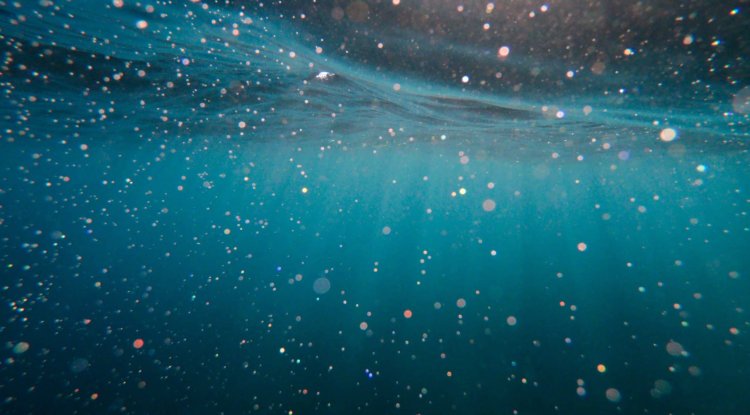Great tips: Traditional style in interior design
Are you in awe of the classic home design but don't know how to implement it in your interior? Don't worry, we have the right tips for you...

From antique furniture to floral print fabrics, a traditional style sometimes gets a bad rap for being tacky and outdated. But that's the point. While it's true that this look is inspired by the past, it also inspires unassailable comfort - every element is familiar, well-placed, and predictable, but in a good way.
There is a very logical reason why traditional decorating has been on the list of most popular styles when it comes to interior decoration for so long. First of all, this style promises warmth and welcome and is ideal for all those who simply cannot stand chaos. Refined furniture, classic textiles, dignified colors, and a sense of order make it easy to maintain and enjoy every day.
The traditional look is about balance, in the broadest sense of the word: from architecture to furniture placement. Furniture is usually grouped into formal arrangements that invite conversation and socializing, and the secret of this timeless style is hidden in the soft edges. There are no sharp corners here, traditional rooms emphasize curves and comfort, pieces with edges feel cozy and classy, while there are plenty of pillows.
For decoration, choose neutral, textured fabrics to get the effect of an old-fashioned sofa or chair in no time. When it comes to furnishing a home in a traditional style, what you should definitely avoid is cramming a lot of tufted furniture into one room because then you risk making everything around you look too ornate and Victorian.
There are much more subtle ways to prevent a room from feeling too static – for example, prop a tall mirror against one wall, hang some grandiose artwork on bare white walls, or simply group decorations next to your favorite armchair or bed.
In a traditional space, the color does not scream - it is relaxed and soft. Neutral colors such as cream, beige, and sand colors predominate, but deeper shades of brown, red, green, and blue also look great in traditional interiors. Pale blue, lavender, spring green, or even soft red can have a refreshing effect, so they should also be considered.
View this post on Instagram
Walnut, cherry, mahogany, oak, as well as all darker wood tones, dominate the traditional style. Let hardwood floors shine: don't leave them completely bare, but don't hide them with an oversized rug either. And remember, traditional rooms are known for their beautiful finishing touches, so feel free to give some modern flair to existing wall coverings or a traditionally carved fireplace.
Finally, a few more details – carpets, rugs, and oriental rugs never go out of fashion, and they are like fine jewelry: you can combine them to your heart's content with anything and everything. Not only do they always find a way to blend into the background, but their presence has the power to always anchor a room.
We should also not forget about the so-called " refined window treatment " which refers to the use of luxurious fabrics and decorations on (as lavishly pleated as possible) curtains. The only thing that needs to be taken into account is matching the curtains with the fabric on the furniture because too much of the same material can seem too much.
A traditionalist cannot stand the cold, empty walls or sparsely populated shelves, which spoil the all-important welcome. That's why collections of works of art are either gathered together or spread out in a logical way: porcelain, figurines, plants, books, boxes, globes.
Sharp paintings and sculptures will strike a chord in a traditional space, but you don't have to stick to Renoir reproductions and hunting scenes either. A lot of modern art is soft and graceful enough to fit into a traditional space and, of course, black and white photography is timeless and versatile. Leaving the canvas unframed can make things feel less formal.
Post by: Rinna James





























